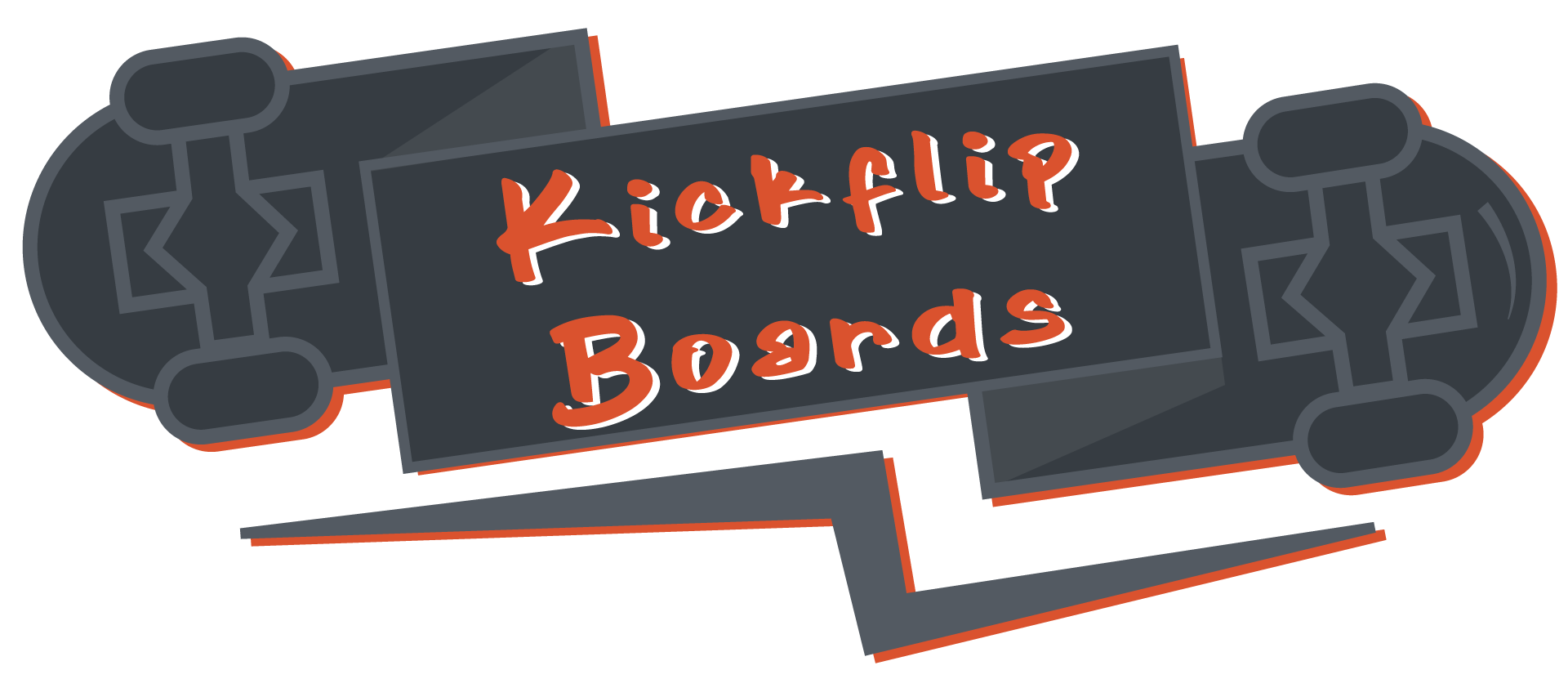Skateboarding has become a popular activity among adults, offering a unique blend of fitness, creativity, and social connection. While many enjoy the thrill and mental clarity it brings, the potential risks associated with skateboarding cannot be overlooked. As more adults take to the boards, understanding the importance of safety becomes crucial. This article delves into the essential aspects of skateboarding safety for adults, exploring everything from the right protective gear to effective injury prevention strategies. Whether you’re a seasoned skater or new to the sport, this guide will equip you with the knowledge needed to enjoy skateboarding safely and confidently.
Key Takeaways
- Protective Gear is Essential: Always wear a helmet, knee pads, and wrist protectors to minimize injuries.
- Clothing Choices Matter: Opt for breathable, flexible clothing like spandex to protect against scrapes.
- Skate in Designated Areas: Prioritize smooth surfaces and avoid uneven terrain for safer sessions.
- Follow Skate Etiquette: Yield to others, use signals, and respect local regulations to ensure a safe environment.
- Proper Footwear is Crucial: Choose supportive skate shoes for better balance and control.
- Avoid Bad Weather: Skate only on dry surfaces to prevent slips and falls.
- Emergency Prep is Key: Familiarize yourself with local laws and keep emergency contact information handy.
- Injury Rate is High: Be vigilant about safety to reduce the risk of common injuries like fractures and sprains.
- Prevent Injuries with Tips: Use wrist guards, practice proper landing techniques, and stay focused on your surroundings.

Is it OK to skateboard as an adult?
Skateboarding as an adult is not only okay but also a fantastic way to stay active, connect with others, and embrace a unique lifestyle. Many adults continue to skateboard well into their 30s, 40s, and beyond, enjoying the thrill and creativity it brings to their lives.
Benefits of Adult Skateboarding
- Physical Health: Skateboarding is a great low-impact exercise that improves cardiovascular health, strength, and flexibility. It’s an excellent way to stay fit and maintain a healthy lifestyle.
- Mental Health: It provides a sense of accomplishment and reduces stress. The concentration required to ollie or grind can be incredibly rewarding and meditative.
- Social Connections: Joining a local skate community can help you meet like-minded individuals who share a passion for the sport. It’s a great way to make friends and build relationships.
- Personal Freedom: Skateboarding allows you to explore urban environments and find your own rhythm. It’s a form of self-expression that can be done at your own pace.
Getting Started as an Adult Skater
- Start Slow: If you’re new, take your time learning the basics like standing, balancing, and pushing. Practice on softer surfaces like grass or parking lots before hitting the pavement.
- Invest in Gear: A good skateboard, helmet, and pads are essential for safety. Check out our gear guide for recommendations.
- Find Local Spots: Look for skate parks near you. They offer a safe and controlled environment to practice and meet other skaters. Use our location finder to discover nearby spots.
- Join a Community: Local skate shops often host events or have boards to rent. Engage with the community through social media groups or local skate sessions. Visit our community page for more info.
Why Adults Love Skateboarding
Adults appreciate the freedom and creativity that skateboarding offers. Unlike childhood, there’s no pressure to perform perfectly—just the joy of riding and exploring. Plus, it’s a versatile activity that can be incorporated into a busy schedule with minimal time commitment.
Stay Safe While Skateboarding
- Wear Protective Gear: Helmets, knee pads, and wrist guards are crucial for preventing injuries. Check out our safety guide for more tips.
- Be Aware of Your Surroundings: Stay alert to traffic and obstacles on the road. Use our skateboarding tips to navigate safely.
Conclusion
Skateboarding as an adult is not only acceptable but highly encouraged! It’s a fun, healthy, and social activity that can be enjoyed by anyone willing to give it a try. Whether you’re looking to get fit, meet new people, or express yourself, skateboarding offers something for everyone. So, grab a board and hit the streets—it’s never too late to start riding!
How Safe Is Skateboarding?
Skateboarding can be a fun and exhilarating activity, but like many sports, it carries inherent risks. Understanding these risks and taking precautions can significantly enhance your safety and enjoyment.
Common Injuries
The most common injuries associated with skateboarding involve the head and brain, accounting for approximately 75% of incidents. These occur primarily among younger skaters aged 0-4 (25%) and 5-9 (50%). Helmets are crucial in reducing these risks by up to 88%, as stated by leading safety organizations.
Protective Gear
Wearing proper protective gear is essential:- Helmets: Always use a properly fitted helmet to protect against head trauma. Look for models certified by organizations like CPSC or CE.- Knee Pads: Essential for protecting your joints during falls.- Wrist Guards: Prevent injuries from falls or collisions.- Chest Protection: Consider for added safety, especially in high-speed environments.
Board Maintenance
A well-maintained skateboard reduces accidents:- Regularly check nuts, bolts, and bearings, especially those from trusted brands like Bones Bearings .- Replace worn-out components promptly to avoid malfunctions.
Environmental Factors
Choose safe locations for skateboarding:- Skate Parks: Designed for safety with smooth surfaces and features.- Street Areas: Use busy streets with minimal traffic and obstacles.- Private Property: Always get permission before skating.
Tips for Safe Skateboarding
- Practice Safely: Start in controlled environments and gradually progress.
- Follow Traffic Rules: Obey signals and stay aware of surroundings.
- Wear Proper Clothing: Lightweight, breathable materials reduce fatigue.
- Stay Focused: Concentrate on your surroundings and fellow skaters.
By prioritizing safety and awareness, skateboarding can remain a thrilling and enjoyable activity. Always prioritize protection and respect the rules to minimize risks and maximize fun.
Learn more about maintaining your skateboard .

Safety Rules for Skateboarding
Skateboarding can be a fun and exhilarating activity, but it requires attention to safety to prevent injuries and accidents. Here are essential safety guidelines to follow:
- Choose the Right Location : Skateboard only in safe areas such as skate parks, smooth driveways, or dedicated skateboard zones. Avoid streets or unsupervised areas.
- Wear Protective Gear : Always wear a helmet, knee pads, and elbow pads to protect yourself from falls and collisions. These are crucial for impact absorption and preventing serious injuries.
- Be Aware of Surroundings : Stay alert to traffic, pedestrians, and other skateboarders. Always assume others may not see you, especially in busy areas.
- Respect Park Rules : Obey all signs and regulations at skate parks. Avoid illegal or risky moves like grinding rails or doing kickflips near obstacles that could cause harm.
- Check the Surface : Ensure the surface is dry and free from debris. Wet surfaces or uneven ground increase the risk of slipping or falling.
- Learn Basic Tricks Safely : Practice tricks on softer land or in controlled environments. Avoid attempting advanced maneuvers until you’re confident in your balance and control.
- Stay Visible : Wear bright clothing or attach reflective materials to your skateboard to increase visibility, especially in low-light conditions.
- Understand Local Laws : Familiarize yourself with local regulations regarding public spaces and skateboarding. Some areas may restrict certain activities or require permits.
By following these safety guidelines, you can enjoy skateboarding while minimizing risks and ensuring a positive experience for everyone involved.

Stay Safe While Skating: Essential Tips and Precautions
Skating can be a thrilling and enjoyable activity, but it also requires attention to safety to prevent injuries. Here are some essential tips to help you stay safe while skating:
- Protective Gear: Always wear a helmet to protect your head. Consider adding knee pads, elbow pads, and wrist protectors for added safety, especially when skating outdoors.
- Clothing: Opt for breathable, flexible clothing like spandex or moisture-wicking fabrics. Long sleeves and pants can help protect against scrapes and rough surfaces.
- Location Matters: Skate at designated skate parks for safer, smoother surfaces. Avoid uneven surfaces like concrete or asphalt, which can be slippery and hazardous.
- Respect the Area: Check local regulations to ensure you’re skating in permitted areas. Be mindful of obstacles like potholes or debris and adjust your speed accordingly.
- Skate Etiquette: Yield to others, signal when passing, and use phrases like “on your six.” Respect local skaters and avoid aggressive behavior.
- Footwear: Choose skate shoes with supportive soles to enhance balance and control. Experiment with different pairs to find your comfort zone.
- Weather Conditions: Skate on dry surfaces whenever possible. Avoid skating in wet or icy conditions to prevent slips and falls.
- Legal and Emergency Preparedness: Familiarize yourself with local laws regarding skating. Keep emergency contact information handy, including a list of local hospitals or trauma centers.
- Awareness of Limits: Know your skill level and practice in controlled environments, such as skate parks, to reduce risks and improve your technique.
By prioritizing safety and awareness, you can enjoy skating while minimizing the risk of injuries. Stay cautious, respect your surroundings, and always wear the necessary protective gear to ensure a safe and enjoyable experience.
What is the injury rate for skateboarding?
The injury rate for skateboarding varies depending on factors such as skill level, safety precautions, and the specific surface being used. According to recent studies, skateboarding injuries are relatively common compared to other popular sports.
- Common Injuries: Fractures, sprains, ligament tears, and lacerations are among the most frequent injuries reported by skateboarders.
- Injury Rates:
- Fractures: Approximately 32% of skateboard-related injuries result in fractures.
- Sprains: Around 25% involve sprains or strains to muscles, tendons, or ligaments.
- Lacerations: About 20% of injuries are cuts or scrapes from falls or collisions.
- Ligament Tears: A significant percentage of injuries involve partial or full tears to ligaments, particularly in the ankles and wrists.
Studies indicate that the injury rate for skateboarding is higher than many other recreational activities due to the inherent risks associated with the sport. Proper safety equipment, such as helmets and knee pads, can significantly reduce the risk of severe injuries.
Kickflip Boards encourages skateboarders to prioritize safety and consider preventive measures, including regular equipment checks and adherence to safety guidelines. For more information on skateboarding safety and resources, visit our safety guide .

How to Avoid Injuries While Skateboarding
Skateboarding is a fun and exhilarating activity, but it also comes with inherent risks. To stay safe and enjoy the sport, it’s crucial to take preventive measures. Here are some essential tips to help you avoid common injuries:
- Wear Proper Protection:
- Wrist Guards: Protect your wrists from falls or impacts.
- Ankle Braces: Prevent sprains and instability during tricks or sudden movements.
- Helmets: Essential for head protection, especially when grinding or doing tricks.
- Clothing Matters:
- Knee Pads and Elbow Pads: Provide additional protection against scrapes and bruises.
- Protective Clothing: Consider wearing long sleeves and pants to reduce skin exposure and minor injuries.
- Footwear is Key:
- Skate Shoes: Choose shoes with adequate support and cushioning to prevent blisters and sprains.
- Replacement Shoes: Replace worn-out shoes to maintain proper foot support and traction.
- Stay Flexible and Strong:
- Regular Stretching: Improve flexibility and reduce muscle strain before and after skating.
- Strength Training: Build strength in muscles used during skateboarding to enhance balance and control.
- Avoid Poor Landing Techniques:
- Practice Proper Form: Learn and master smooth transitions and landings to reduce impact.
- Focus on Balance: Maintain your body weight distribution to avoid awkward falls.
- Be Aware of Surroundings:
- Scan the Boardwalk: Look out for obstacles, cracks, or uneven surfaces to avoid sudden stops or falls.
- Stay Focused: Pay attention to your surroundings to anticipate potential hazards.
- Manage Your Speed and Technique:
- Don’t Overweight Landings: Avoid putting too much pressure on your hands or knees during jumps or tricks.
- Master Tricks Gradually: Progress slowly to build confidence and technique safely.
- Maintain Mental Focus:
- Stay Alert: Concentrate on your movements and the environment around you.
- Plan for the Unexpected: Anticipate changes in terrain or traffic to adjust your approach accordingly.
- Take Breaks When Needed:
- Rest Periods: Avoid overexertion by taking short breaks to hydrate and recharge.
- Listen to Your Body: Stop skating if you feel fatigued or unwell to prevent injuries from exhaustion.
Conclusion: By prioritizing safety and preparedness, you can significantly reduce the risk of injuries while skateboarding. Incorporate these tips into your routine, and enjoy the thrill of skating responsibly.




0 Comments